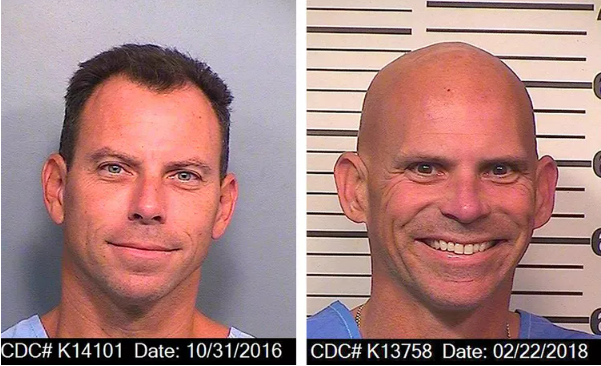Many advertising agencies use thin models in “fat suits” to sell plus size fashions, continuing trend of fat shaming
Model Karoline Bjørnelykke demonstrated on her TikTok account how she used to apply a “fat suit” to model plus size fashions.
Advertising agencies have recently been accused of using fat suits on skinny models instead of hiring actual plus-size models. By doing this, the modeling industry is encouraging the toxicity surrounding plus-size models and further isolating those who are not what the modeling industry considers “skinny.” When companies hire thin models and put them in fat suits, it becomes significantly harder for actual plus-size models to be hired.
The model industry has been accused many times of being fatphobic and discriminatory. Model sizes run much smaller than store sizes, and modeling agencies usually look for tall, skinny models. According to format.com, “As a general rule, plus-size models are defined by the fashion industry as anyone larger than a size 6.”
The article continues to explain that the modeling industry classifies plus-size models as being size 12 to 14. However, many women in the U.S. wear this size. According to racked.com, “Plunkett Research estimates that 68 percent of American women wear a size 14 or above, up slightly from the frequently cited 67 percent figure it found in 2012.”
The model industry is filled with fatphobia, the discrimination of someone based on their size. Many people who experience fatphobia struggle with what they look like and have low self-esteem. Adding plus-size models to the model industry was supposed to show people that they should not be ashamed of their size and shouldn’t struggle to find clothing because of it. Instead, model agencies get around this by using skinny models and fat suits, which harms the plus-size community.
Models have been asked to wear fat suits to appear plus size while still having a skinny, chiseled face and neck. “Some brands hire slimmer models for plus-size photoshoots because ‘they want the neck and the face to look really slim and sharp,’” model Karoline Bjørnelykke told Yahoo Sports.
While Bjørnelykke quit this kind of practice a long time ago, she spoke about the issue on her TikTok account. She filmed herself explaining the practice and even showing old padding and the technique she used. Bjørnelykke has made multiple TikToks addressing this harmful practice on her account @coolquinn. She believes that this is not the right way to model plus-size clothing.
Plus size modeling only began in the 1970s compared to “regular” modeling which began in 1853. Models are supposed to be a representation of fashion, although the fashion world is still a very close-minded community.
Along with the truth about models wearing padding, Bjørnelykke also voices her opinion on the fashion differences in petite vs plus size clothing. Plus size clothing is more plain, bland, and can even be ugly. Slim models are often seen wearing very extravagant outfits on runways.











